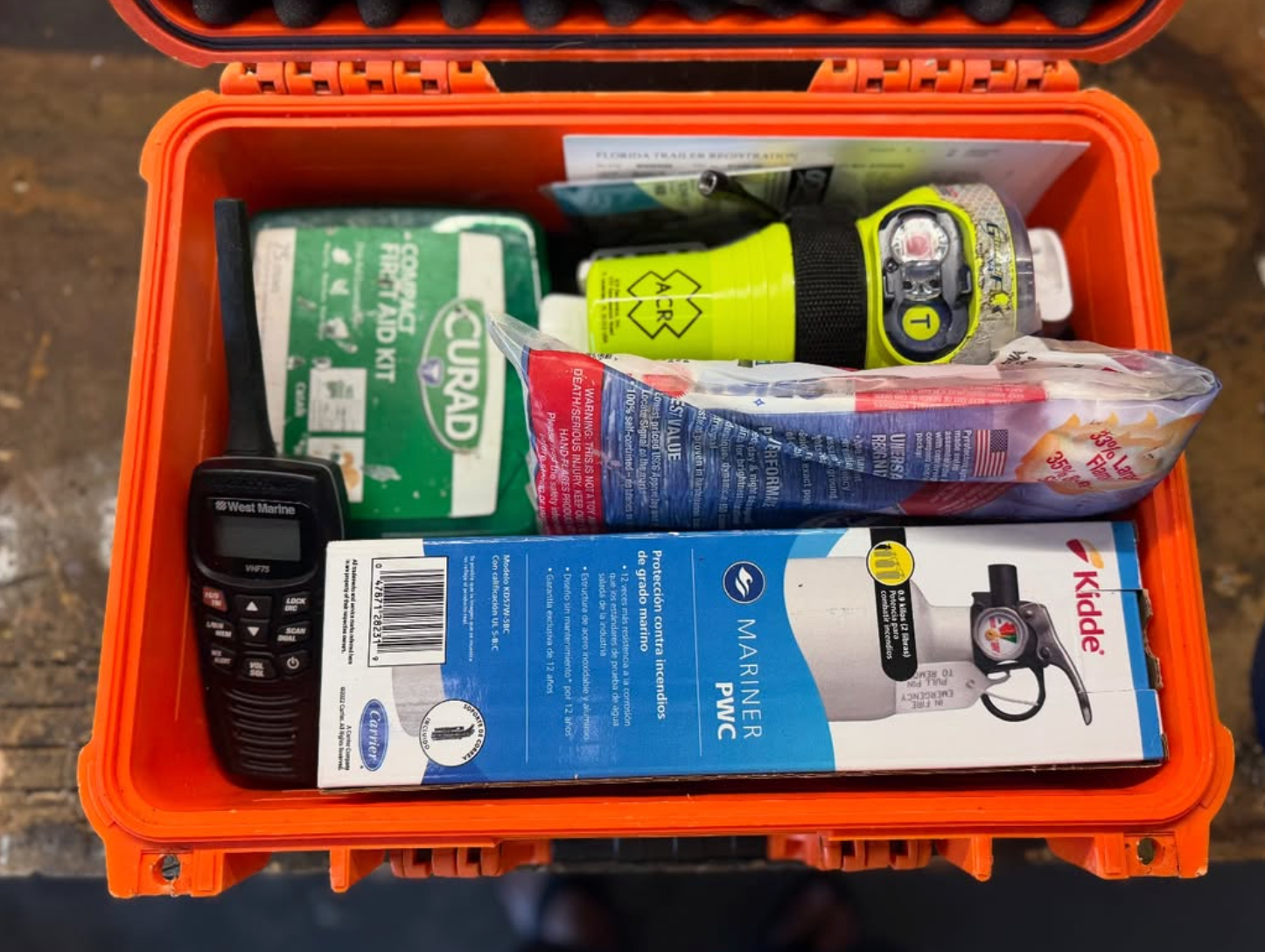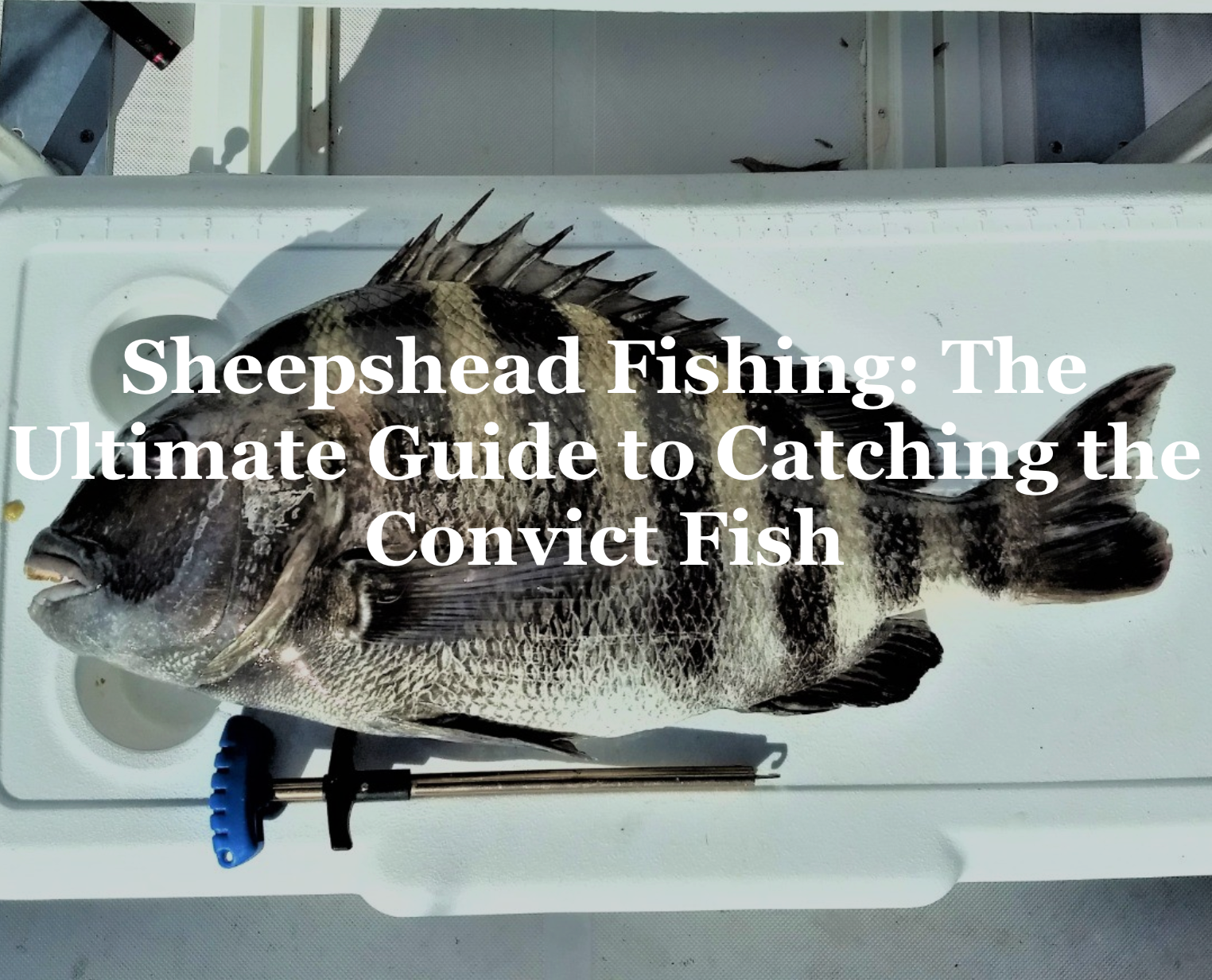Boating offers unparalleled freedom and adventure, whether you're fishing, cruising, or exploring new waters. However, safety must always come first. Equipping your vessel with the right safety gear is not only a legal requirement but also a critical step to protect yourself, your passengers, and your boat. This comprehensive guide outlines the must-have boat safety equipment, explains their importance, and provides practical tips to ensure you're prepared for any situation on the water.
1. Life Jackets: Your First Line of Defense

Life jackets, or personal flotation devices (PFDs), are the cornerstone of boating safety. According to the U.S. Coast Guard, over 80% of boating-related drowning victims were not wearing a life jacket. Having the right PFDs on board is both a legal mandate and a lifesaving necessity.
-
Legal Requirements: Federal regulations require one U.S. Coast Guard-approved, wearable life jacket per person on board, plus at least one throwable flotation device (e.g., a lifesling or cushion) for boats 16 feet or longer.
-
Types of PFDs: Choose from Type I (offshore), Type II (nearshore), Type III (flotation aids for calm waters), or Type V (special-use devices). Inflatable PFDs are popular for comfort but require regular maintenance.
-
Fit and Maintenance: Ensure each PFD fits properly, especially for children. Check for tears, worn straps, or damaged buckles, and replace any compromised jackets. Store them in an easily accessible, dry location.
-
Best Practice: Require all passengers, especially non-swimmers and children, to wear life jackets at all times. Demonstrate how to secure them before departure.
2. Fire Extinguishers: Be Prepared for Emergencies

Fires on boats can escalate quickly due to confined spaces and flammable materials like fuel. Fire extinguishers are mandatory for most motorized vessels and are critical for extinguishing small fires before they become unmanageable.
-
Legal Requirements: Boats with inboard engines, fuel compartments, or enclosed living spaces must carry at least one U.S. Coast Guard-approved B-I or B-II fire extinguisher. Larger vessels may require multiple units.
-
Choosing the Right Extinguisher: Select dry chemical extinguishers rated for Class B (flammable liquids) and Class C (electrical) fires. Check the pressure gauge regularly to ensure they are fully charged.
-
Placement and Use: Mount extinguishers in accessible locations, such as near the helm or galley. Train your crew on the PASS technique: Pull the pin, Aim the nozzle, Squeeze the trigger, Sweep side to side.
-
Maintenance: Inspect extinguishers annually and replace them if they are expired or damaged.
3. Sound-Producing Devices: Signal Your Presence

Sound-producing devices, such as horns, whistles, or bells, are essential for signaling your position in low-visibility conditions or during emergencies.
-
Legal Requirements: Boats under 39.4 feet need a device capable of producing a 4-second blast audible for half a mile (e.g., a whistle or air horn). Larger vessels require a bell and a power-operated horn.
-
Practical Use: Use sound signals to communicate intentions (e.g., passing another vessel) or to alert others in fog, heavy rain, or at night.
-
Tips: Attach a whistle to each life jacket for emergency use. Test electronic horns before departure and carry backups like a handheld air horn.
4. Visual Distress Signals: Call for Help

Visual distress signals (VDS) are critical for alerting rescuers or nearby vessels in an emergency, especially on coastal waters or large lakes.
-
Legal Requirements: Boats operating: Boats operating on coastal waters, the Great Lakes, or territorial seas must carry U.S. Coast Guard-approved VDS. Options include pyrotechnic flares, non-pyrotechnic flags, or electric distress lights.
-
Types of Signals: Day-use signals include orange flags or smoke flares, while night-use signals include red hand-held or aerial flares. Combination devices work for both.
-
Storage and Maintenance: Store VDS in a waterproof container and check expiration dates on pyrotechnic devices. Replace expired flares safely, as they are hazardous waste.
-
Training: Familiarize your crew with VDS operation and ensure they are stored in an accessible location.
5. Navigation Lights: Stay Visible

Navigation lights ensure your boat is visible to others during low-light conditions, such as at dusk, dawn, or in fog.
-
Legal Requirements: Boats operating between sunset and sunrise or in restricted visibility must display red and green sidelights, a white stern light, and, for powerboats, a white masthead light.
-
Maintenance: Test lights before each trip and carry spare bulbs or fuses. Ensure lights are properly aligned and unobstructed.
-
Tips: If anchored at night, display an all-around white light. Familiarize yourself with light configurations to interpret other vessels’ movements.
6. First Aid Kit: Handle Medical Emergencies

A well-stocked first aid kit is essential for addressing injuries or medical issues on the water, where help may be far away.
-
What to Include: Bandages, antiseptic wipes, gauze, adhesive tape, scissors, tweezers, a CPR mask, and medications for seasickness, allergies, or pain. Include a first aid manual.
-
Storage: Keep the kit in a waterproof container and store it in an accessible location.
-
Training: Take a basic first aid and CPR course to handle common boating injuries like cuts, burns, or hypothermia.
7. Throwable Flotation Devices: Assist in Rescues

Throwable flotation devices, such as life rings or cushions, are designed to assist someone who has fallen overboard.
-
Legal Requirements: Boats 16 feet or longer must carry at least one U.S. Coast Guard-approved throwable device.
-
Use: Practice throwing the device to ensure accuracy. Attach a rope to retrieve it easily.
-
Maintenance: Inspect for damage and ensure it is stored in a readily accessible location, such as near the stern.
8. VHF Radio: Stay Connected

A VHF radio is a lifeline for communication, especially in areas with poor cell phone coverage.
-
Why It’s Essential: Use Channel 16 for emergencies and to contact the Coast Guard or nearby vessels. Radios also provide weather updates.
-
Tips: Ensure the radio is waterproof or stored in a protective case. Test it before departure and carry spare batteries.
-
Training: Learn basic radio etiquette, such as using “Mayday” for emergencies and “Pan-Pan” for urgent but non-life-threatening situations.
9. Additional Safety Equipment

-
Anchor and Line: Carry an anchor suitable for your boat’s size and the seabed type, along with sufficient line.
-
Bilge Pump: Ensure your boat has a working bilge pump (manual or electric) to remove water in case of leaks.
-
Tool Kit: Include basic tools like a screwdriver, wrench, and duct tape for minor repairs.
-
Emergency Position Indicating Radio Beacon (EPIRB): For offshore boating, an EPIRB can transmit your location to rescuers.
Conclusion
Equipping your boat with the right safety equipment is the foundation of a secure and enjoyable boating experience. Life jackets, fire extinguishers, sound devices, visual distress signals, navigation lights, first aid kits, throwable devices, and VHF radios are non-negotiable for compliance and safety. Before each trip, inspect your gear, train your crew, and ensure everything is accessible. By prioritizing safety equipment, you can focus on the thrill of boating with peace of mind. So, stock your vessel, check your gear, and set sail confidently!






Share:
Boat Safety Checklist: Essential Tips for a Safe Boating Trip
Florida Fishing License Guide: Everything You Need to go Fish